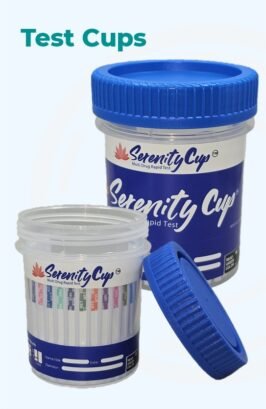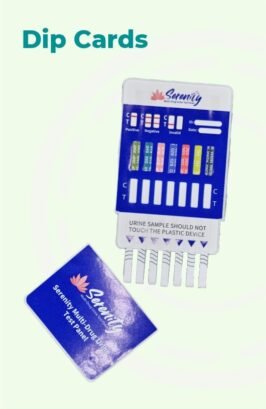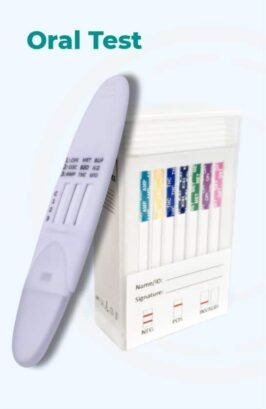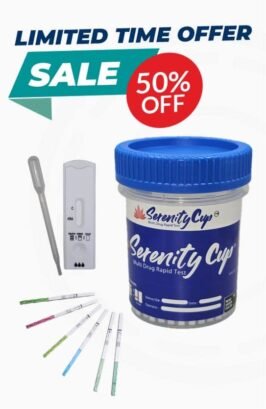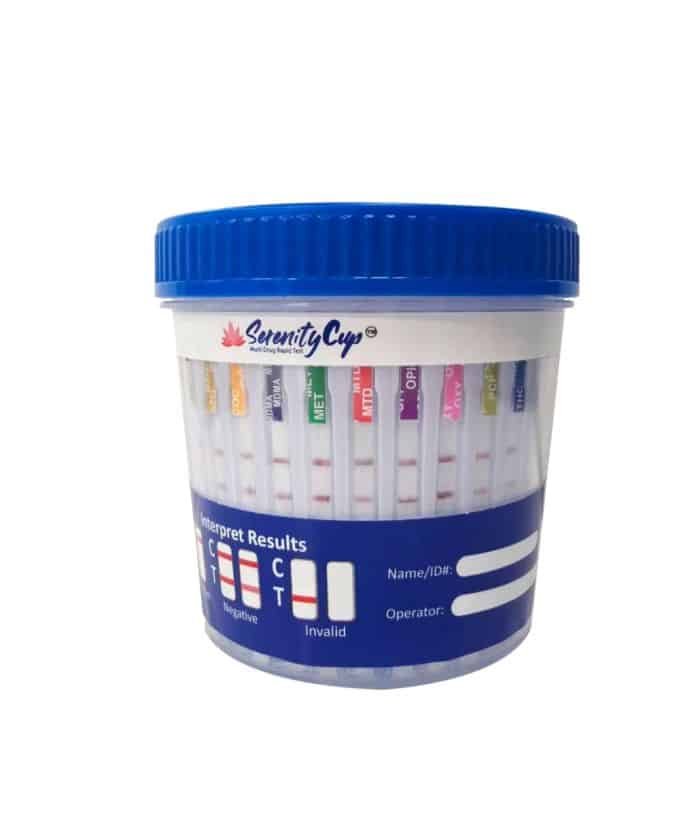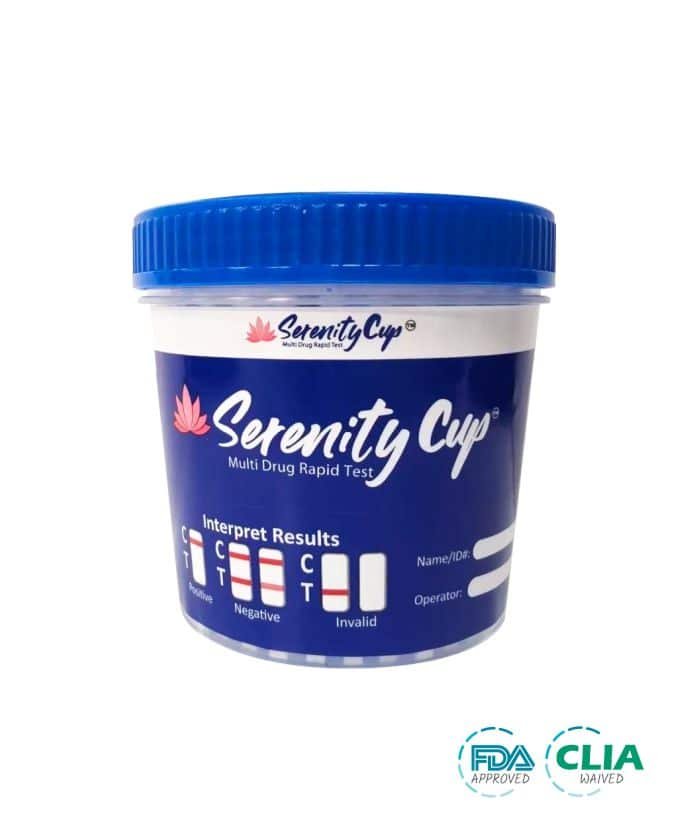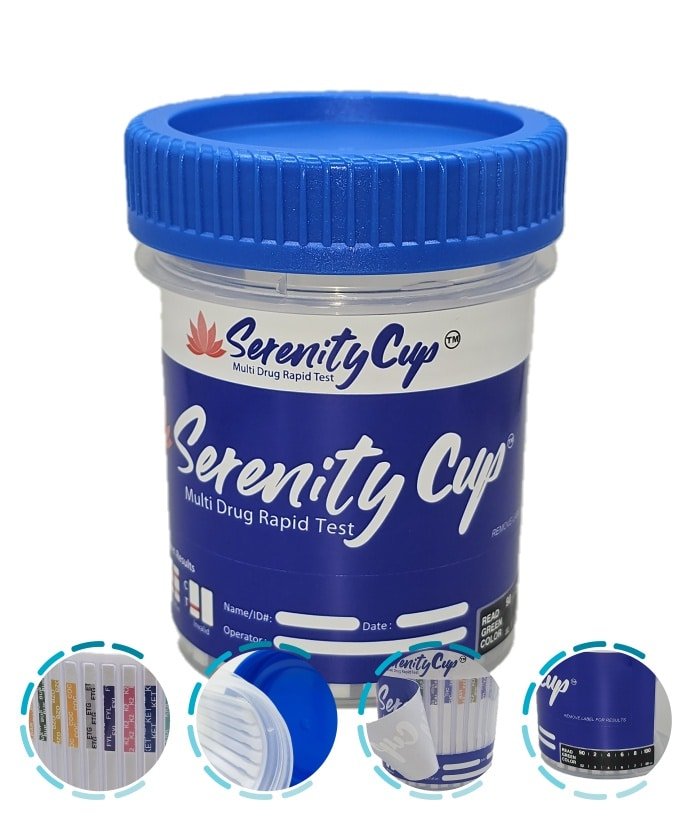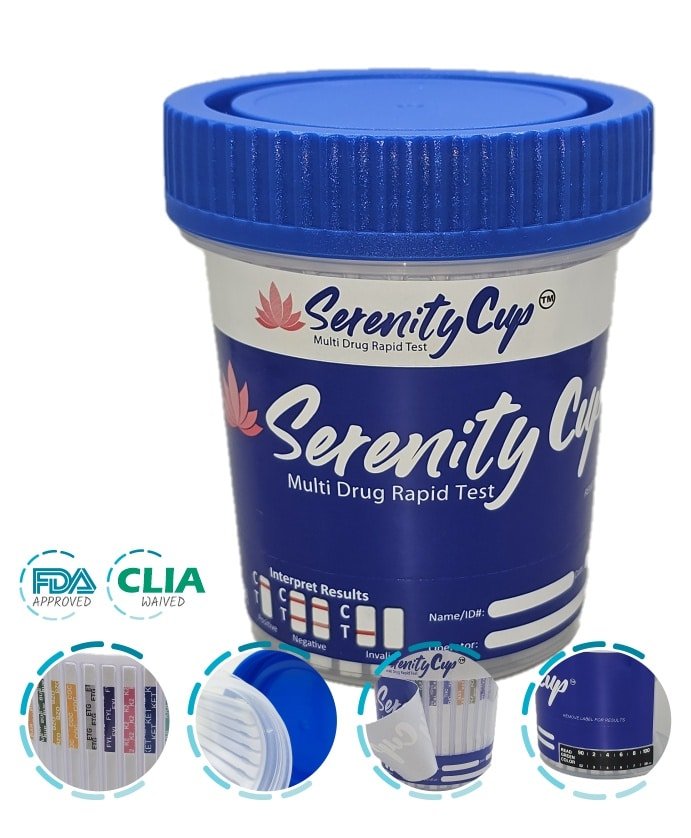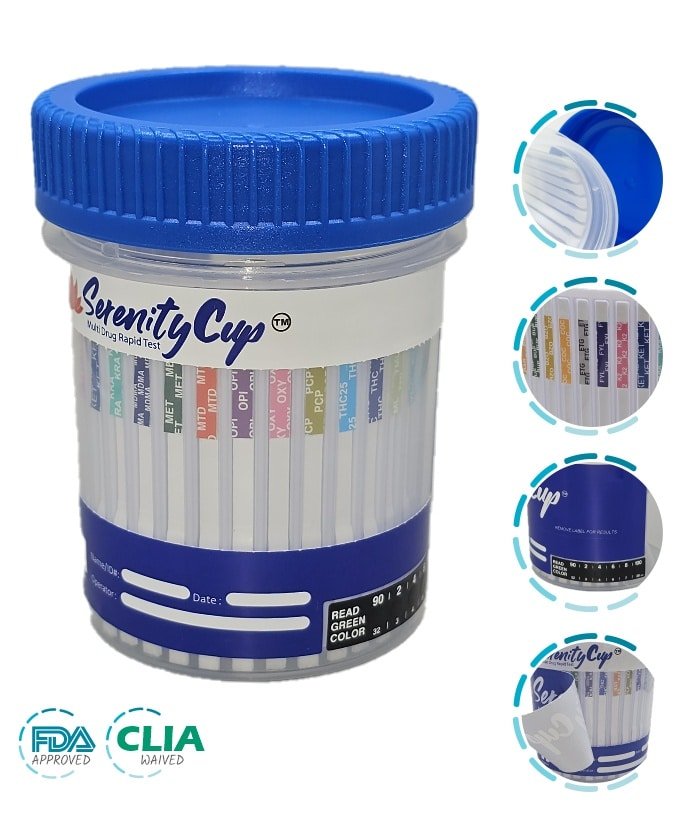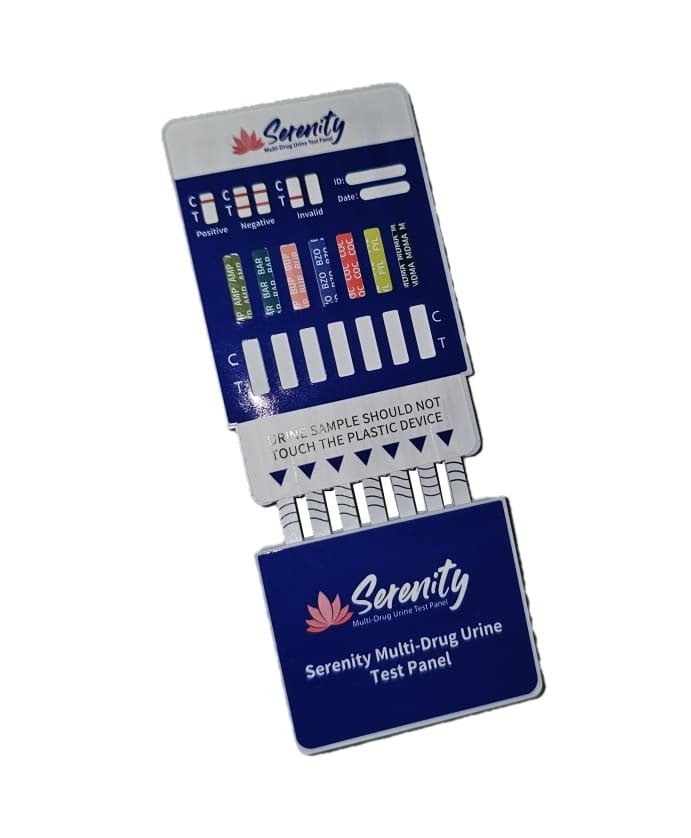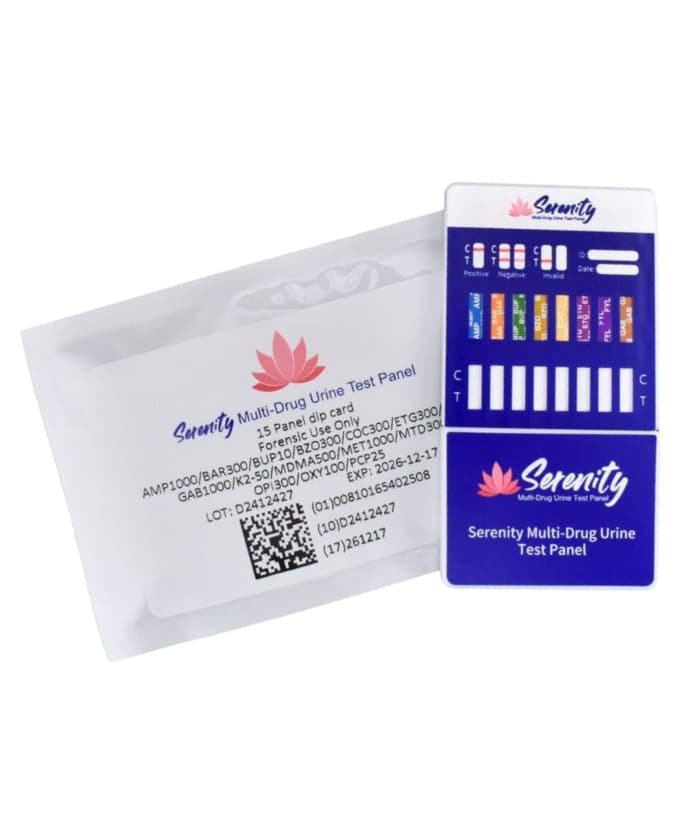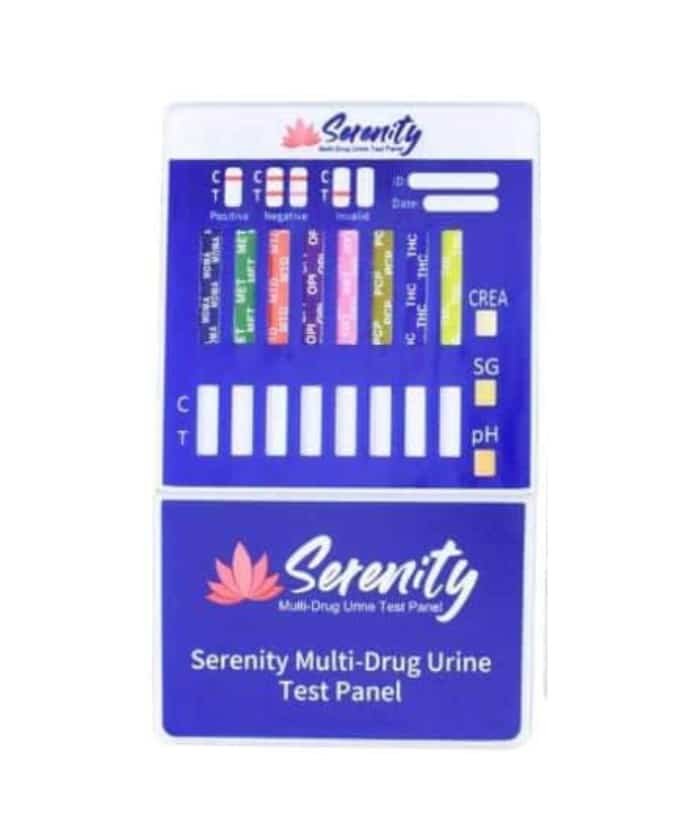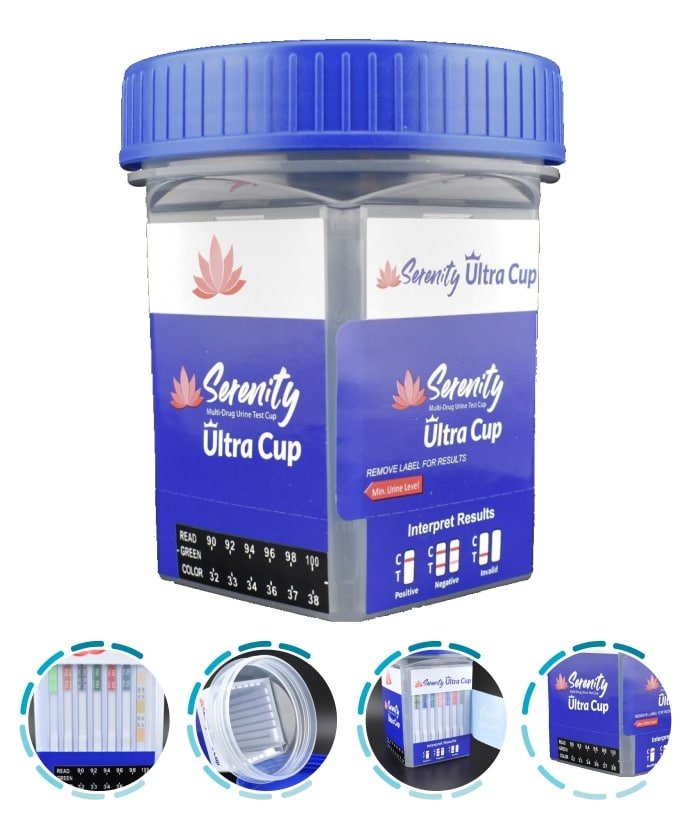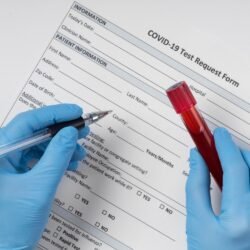New Products
Drug Testing Cup
BLOWOUT SALE
All Drug cup Test you need are in one place.
Most affordable supplier of drug test kits on the market.
Why DrugTestingCup.com Stands Out
- Industry-Leading Discounts & Pricing: We offer competitive pricing and special discounts for bulk orders, ensuring you get maximum value.
- CLIA-Waived Testing Supplies: All standard urine drug testing cup are CLIA-waived, providing reliable, accurate, and compliant testing.
- Rapid Results: Most cups and dip cards deliver results in 5 minutes, making them perfect for workplace screenings, pre-employment tests, and probation monitoring.
- Comprehensive Selection: From 5 panel to 28 panel drug testing cup, including ETG alcohol tests and synthetic drug detection, our selection meets all needs.
- Trusted Nationwide: Facilities, businesses, and individuals across the U.S. rely on us for quality, affordability, and consistency.
Explore Our Product Categories
We offer a wide range of products to suit home, business, and institutional drug testing needs:
- 5-12 Panel Drug Test Cups – Ideal for basic workplace screenings or pre-employment tests.
- 12 Panel & ETG Alcohol Test Cups – Detect both drugs and alcohol metabolites for comprehensive monitoring.
- 14-28 Panel Comprehensive Cups – Perfect for correctional facilities, clinics, or rehab centers needing broad-spectrum detection.
- Rapid Test Strips & Dip Cards – Low-cost, high-efficiency tools for quick screenings in high-volume environments.
- Economy & Bulk Packages – Large orders at discounted prices for schools, corporations, and correctional institutions.
Who Uses Our Drug & Alcohol Testing Supplies?
- Employers and HR Departments – For pre-employment, random, or post-incident testing.
- Clinics & Rehabilitation Centers – For monitoring compliance with treatment programs.
- Correctional Facilities – Our correctional facility drug testing supplies support secure, high-volume screening programs.
- Schools and Universities – Help maintain drug-free campuses and comply with safety standards.
- Individuals & Families – For private home testing, monitoring teen or adult substance use.
Benefits of Choosing DrugTestingCup.com
- Fast, Accurate Results – CLIA-waived tests for confidence in every result.
- Wide Range of Panel Tests – From basic 5 drug testing cup to 28 drug testing cup with synthetic drug detection.
- ETG Alcohol Testing Included – Monitor alcohol consumption with our ETG urine test cups.
- Bulk Orders & Discounts – Save money with volume pricing and custom institutional quotes.
- Nationwide Shipping – Quick delivery anywhere in the United States, ensuring facilities never run out of supplies.
- Trusted by Professionals – Our products are widely used by employers, clinics, rehab centers, and correctional facilities.
How to Implement an Effective Drug Testing Program
- Regular Screening – Schedule consistent testing using drug testing cup or dip cards.
- Instant Results – Use rapid drug tests to immediately identify substance use.
- Documentation & Reporting – Maintain records for compliance and legal purposes.
- Follow-Up Confirmatory Testing – For positive results, perform laboratory confirmation using GC-MS or LC-MS.
Learn More About Workplace Drug Testing
Discounts and Special Offers
At DrugTestingCup.com, correctional facilities, clinics, and businesses benefit from special bulk order pricing. We provide the best prices in the industry without sacrificing quality. Contact our sales team today for custom quotes and take advantage of our volume discounts on all drug testing supplies.
Trusted Source for Correctional Facility Drug Testing Supplies
DrugTestingCup.com is proud to supply correctional facilities and probation programs with drug test cup CLIA waived, ETG alcohol tests, and rapid test strips. Our products ensure accurate, reliable, and quick results, keeping facilities safe and compliant.
Shop Correctional Facility Testing Supplies
Ready to Get Started?
Whether you need a single test cup for home use or a bulk order for institutional testing, DrugTestingCup.com provides reliable, affordable, and fast shipping. Browse our full collection and take advantage of our industry-leading prices and discounts today.
This version adds:
- Extra keyword density: drug test cups, ETG alcohol tests, rapid test strips, correctional facility drug testing supplies, workplace drug testing, bulk orders, CLIA-waived tests
- Internal links to product categories, correctional facility page, blog posts
- Emphasis on discounts, bulk pricing, and best industry prices
- Structured sections for readability and SEO
Q: What types of drug testing supplies are available at DrugTestingCup.com?
A: We offer a wide selection of drug test cups (5 panel drug test cup clia to 28 drug testing cup), ETG alcohol test cups, dip cards, and rapid test strips. Our supplies are suitable for home use, workplace drug testing, clinics, rehab centers, schools, and correctional facilities.
Q: Are your drug test cups CLIA-waived?
A: Yes. All our standard urine drug test cup are CLIA-waived, providing accurate and reliable results suitable for workplace, pre-employment, and institutional testing.
Q: How quickly can I get results from your test cups?
A: Most urine drug test cups and ETG alcohol tests deliver results in 5 minutes or less, allowing for immediate action and efficient monitoring.
Q: Does DrugTestingCup.com offer bulk or wholesale pricing?
A: Absolutely. We provide bulk order discounts and wholesale pricing for clinics, correctional facilities, rehab centers, schools, and large businesses. Our goal is to deliver high-quality supplies at the best prices in the industry.
Q: Can your drug and alcohol tests be used in correctional facilities?
A: Yes. Our products are widely used by correctional facilities for monitoring inmates, probation programs, and rehabilitation compliance. We supply reliable, high-volume testing supplies designed for professional institutional use.
Q: What is the detection capability of your ETG alcohol test cups?
A: ETG tests detect alcohol metabolites in urine to identify recent alcohol consumption, typically within 24–48 hours. Combined with our multi-panel drug tests, they provide comprehensive substance monitoring.
Q: Are your test cups suitable for workplace and pre-employment screening?
A: Yes. Our drug and alcohol testing supplies are used nationwide for workplace drug testing, pre-employment screening, and random testing programs. They are easy to use and provide fast, reliable results.
Q: How do I order products from DrugTestingCup.com?
A: Orders can be placed directly online through our website. We also offer custom quotes and bulk order assistance for large institutions or correctional facilities. Shop Now
Q: What should I do if a test shows a positive result?
A: Positive results are preliminary screenings. Confirmatory testing using GC-MS or LC-MS is recommended before taking action in employment or legal settings.
DrugTestingCup.com — Leading Supplier of Drug & Alcohol Testing Supplies
At DrugTestingCup.com, we provide high-quality drug testing supplies, including urine drug test cups, ETG alcohol test cups, dip cards, and rapid drug screening kits. Our products are trusted by employers, clinics, rehab centers, correctional facilities, and individuals seeking accurate, fast, and cost-effective drug and alcohol screening solutions.
We offer the best prices in the industry, along with bulk discounts and wholesale options, making it easy for institutions and businesses to maintain a drug-free workplace or compliance program.
Why customer trust us


